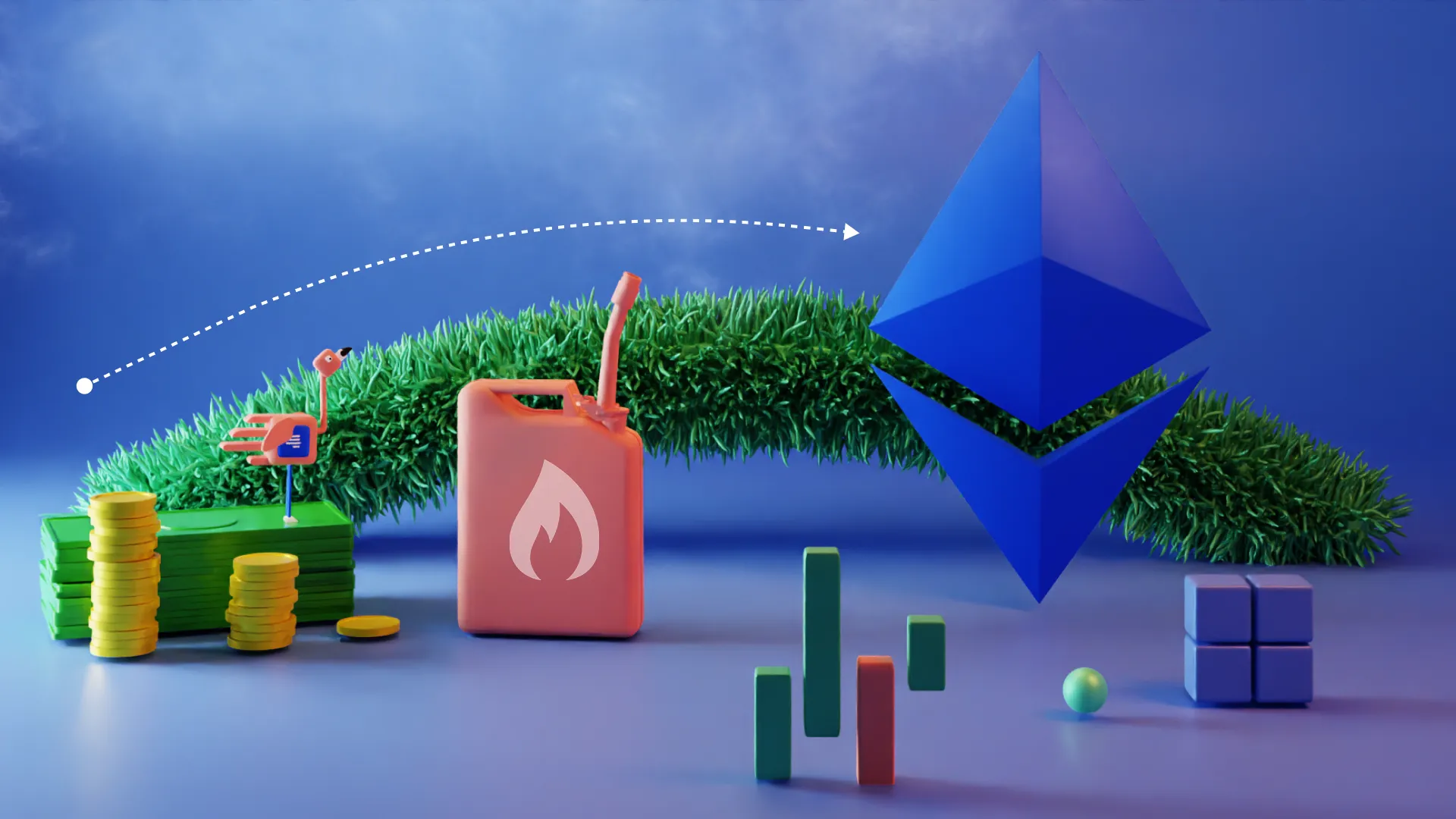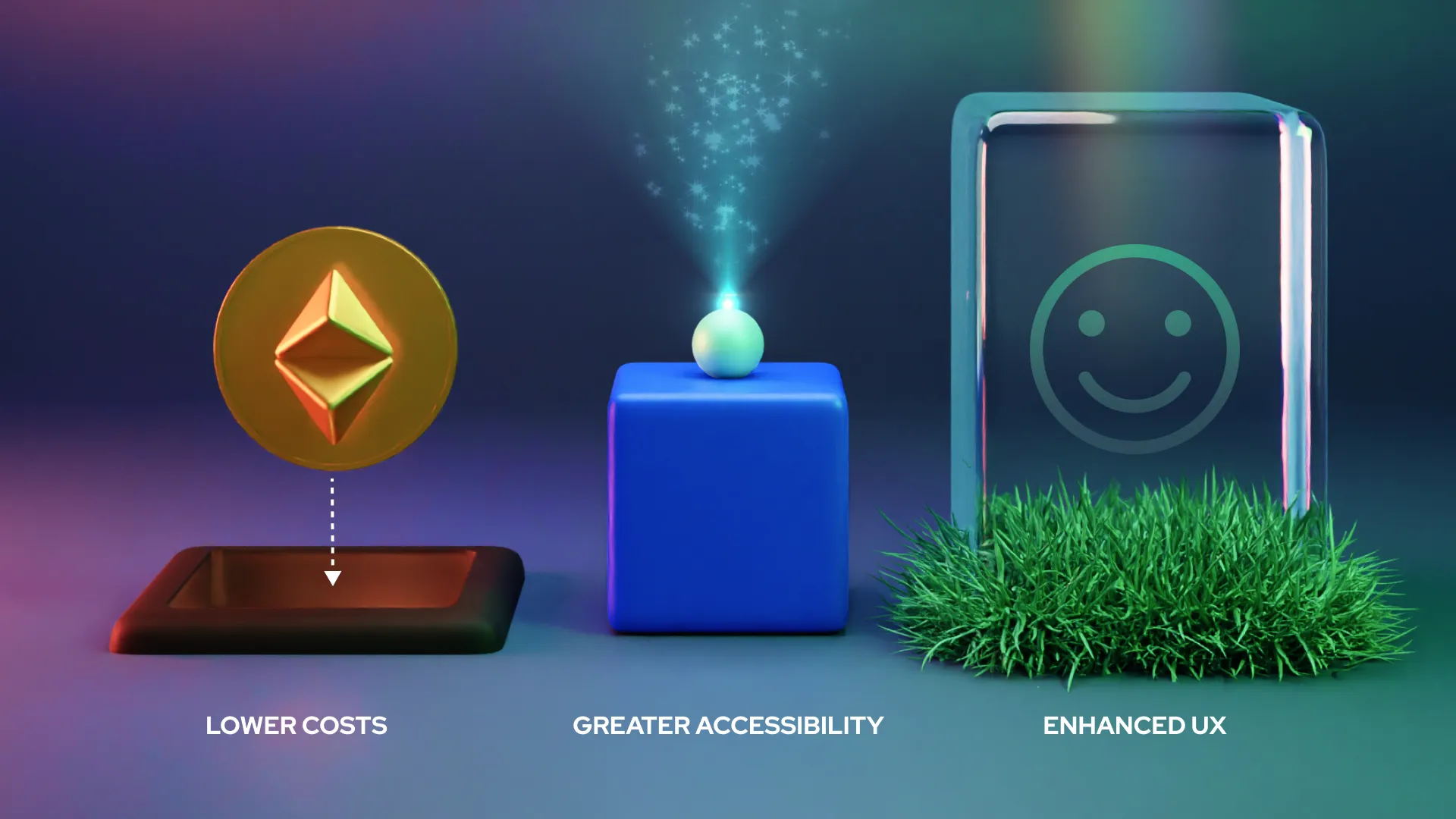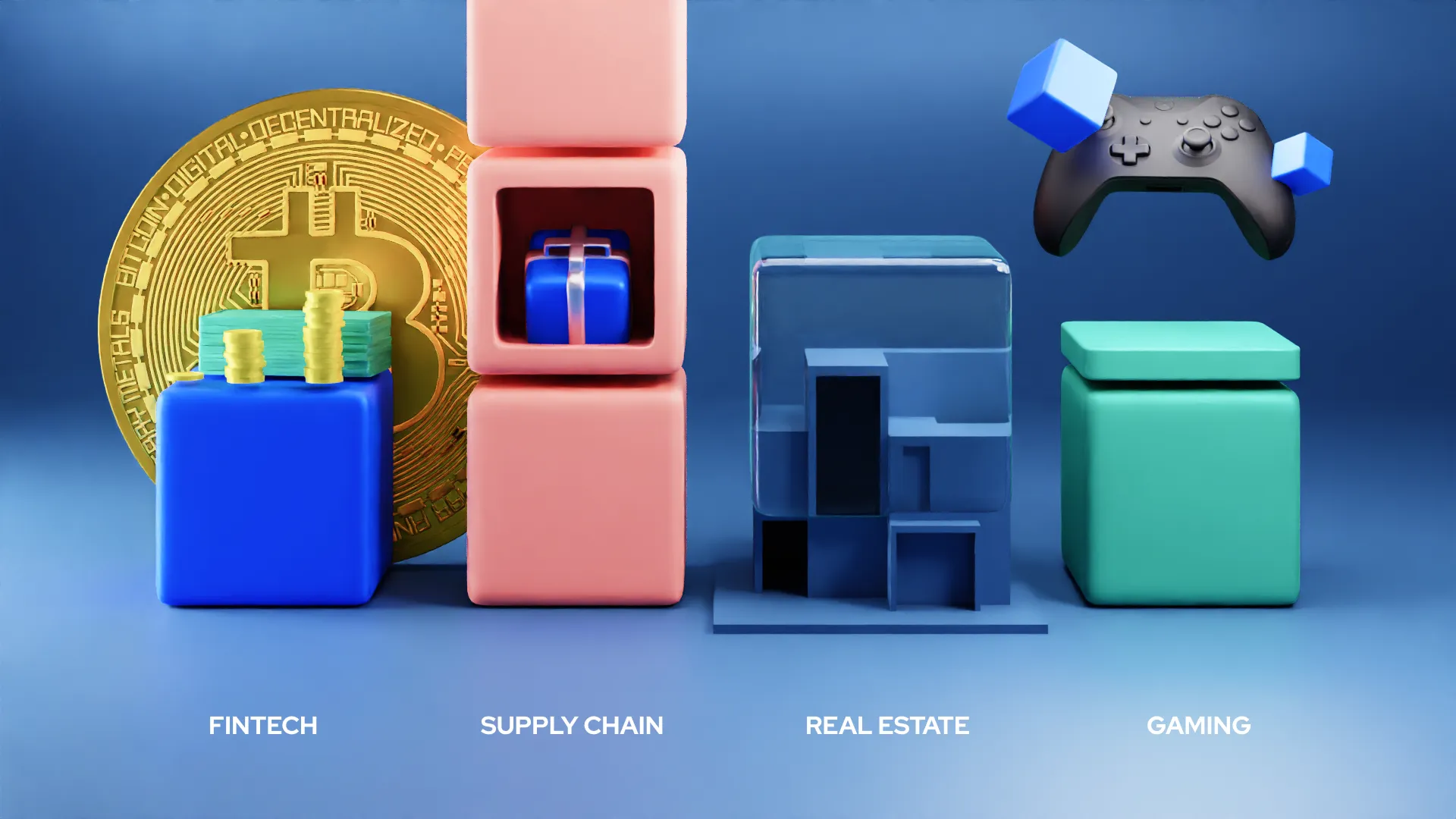
Blockchain technology has drastically reshaped numerous industries, introducing a wave of innovation and disruption. Leading this transformation is Ethereum, a blockchain that supports programmable smart contracts.
Despite its numerous benefits, Ethereum and EVM-compatible blockchain users encounter high transaction costs, or “Gas,” which have become a major barrier for both individual users and businesses.
The solution to this issue? Gasless – this novel approach that can drastically reduce these costs. In this article, we delve into the concept of Gasless, how it works, and its potential applicability across a variety of industries.
For a deeper understanding of the technology behind Gasless, see our article Blockchain Explained.
In the world of Ethereum, “Gas” refers to the computational energy required to carry out operations. When users wish to initiate a transaction or execute a smart contract on Ethereum, they pay for it in Gas. The cost of Gas fluctuates based on demand and the level of activity on the network.

With the surging popularity and utilization of Ethereum, the price of Gas has soared, making transactions expensive for both individuals and companies. This creates a significant hurdle to Ethereum’s mass adoption and user-friendliness.
There are a variety of proposed solutions designed to tackle the increasing challenge of high Gas costs. Among these, Layer 2 solutions and gasless transactions have gained the most traction.
Layer 2 solutions operate on a separate layer above the main Ethereum blockchain. The fundamental idea is to handle most transactions off the Ethereum chain, which decreases network congestion and consequently reduces Gas costs.
One prominent Layer 2 solution is “state channels“, where multiple transactions between the same parties are condensed into two on-chain transactions. Another is “sidechains“, parallel blockchains that run alongside the Ethereum mainnet and sync with it.
These Layer 2 solutions are effective but come with their own set of challenges, such as added complexity and potential security concerns.
Another innovative approach to tackling the Gas cost problem is the “gasless” solution. The concept of gasless means that users can perform transactions without having to pay for Gas. This is achieved in two primary ways:
– the application creator sponsors the transactions,
– or the transactions are paid in alternative tokens like Stablecoins (USDT, USDC) instead of Ethereum (ETH).
This idea is revolutionary because it dramatically simplifies the user experience. It reduces the friction of transaction costs and facilitates greater adoption of blockchain technology. By effectively making transactions “gasless” for the end-user, this solution can significantly enhance the reach and usability of Ethereum-based applications.
Each solution offers unique benefits and trade-offs. The selection of the right one depends on the specific use case and business needs.
Incorporating gasless transactions comes with several advantages for businesses:
Discover more about the digital currency world where gasless plays a crucial role in our piece on the cryptocurrency scene.

Gasless transactions find potential uses across multiple sectors:

The advent of gasless transactions signals a significant turning point in the blockchain universe. By lowering the cost barrier, it renders blockchain technology more accessible and user-friendly, paving the way for wider adoption across diverse sectors.

Our team boasts extensive knowledge of blockchain technology and its evolving dynamics. We provide consulting and implementation services to help businesses integrate gasless transactions and leverage the full potential of blockchain technology.
Interested in exploring how gasless could benefit your business? Contact us today for a free consultation and start your journey to cost-effective blockchain transactions.
